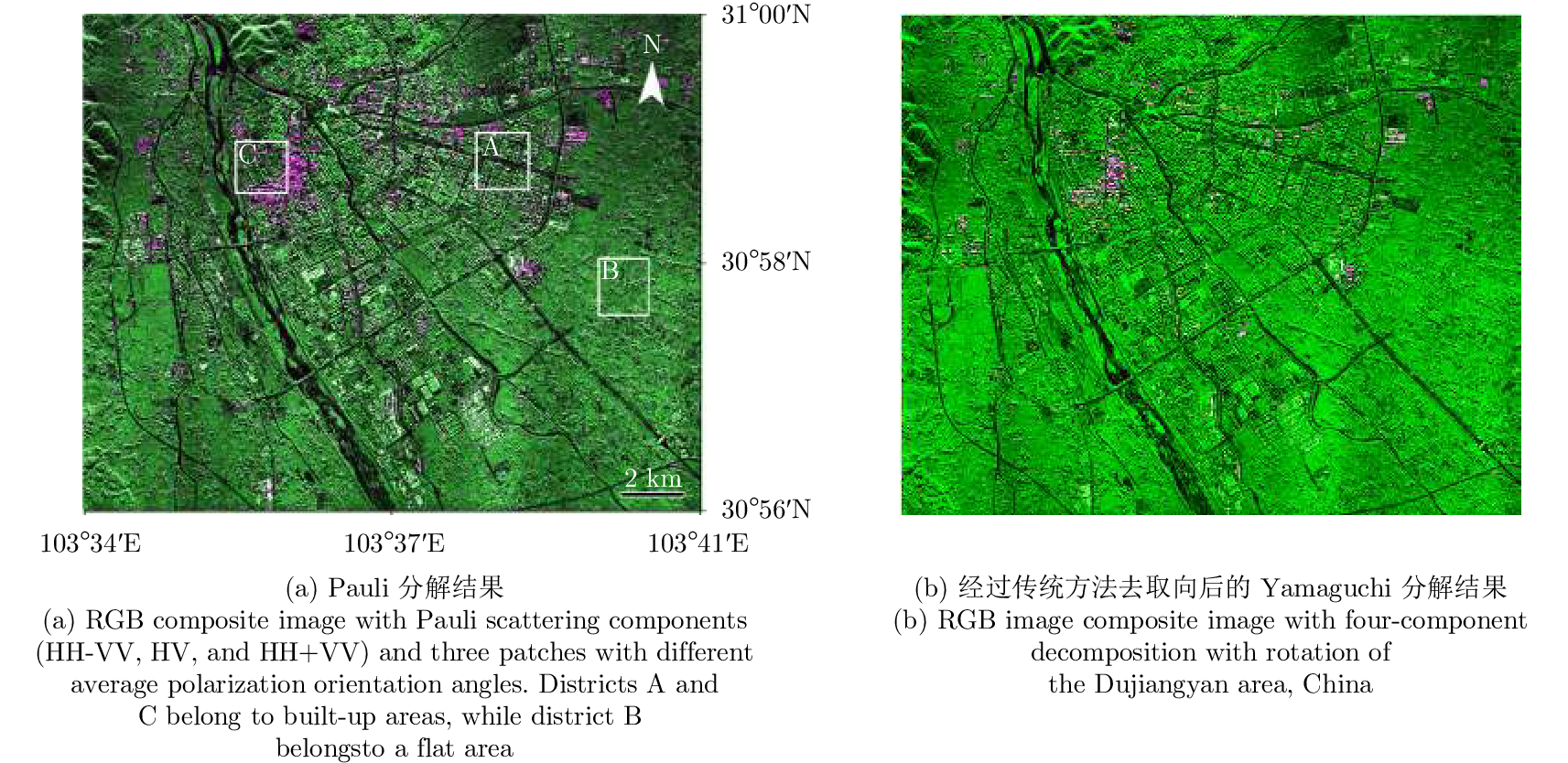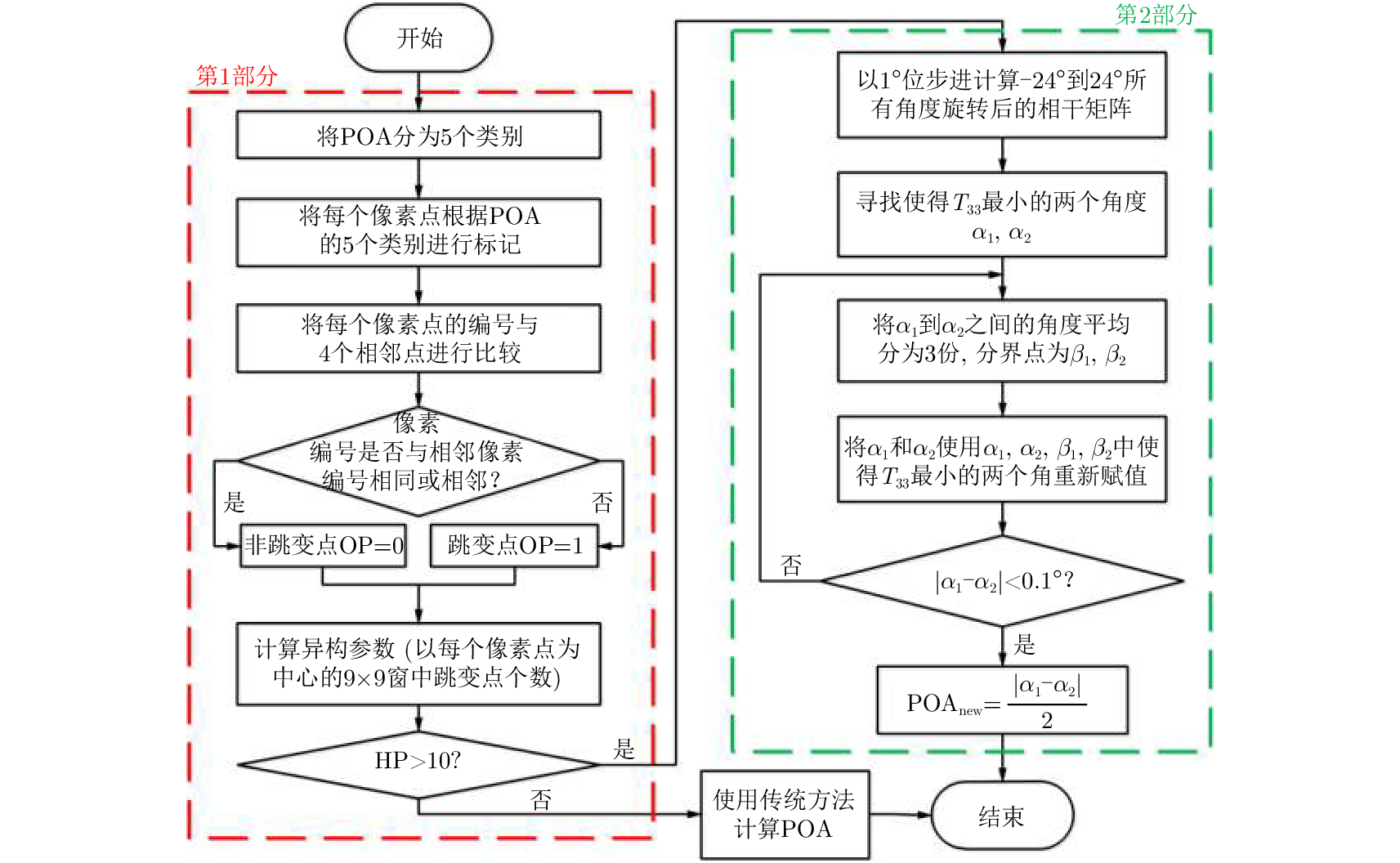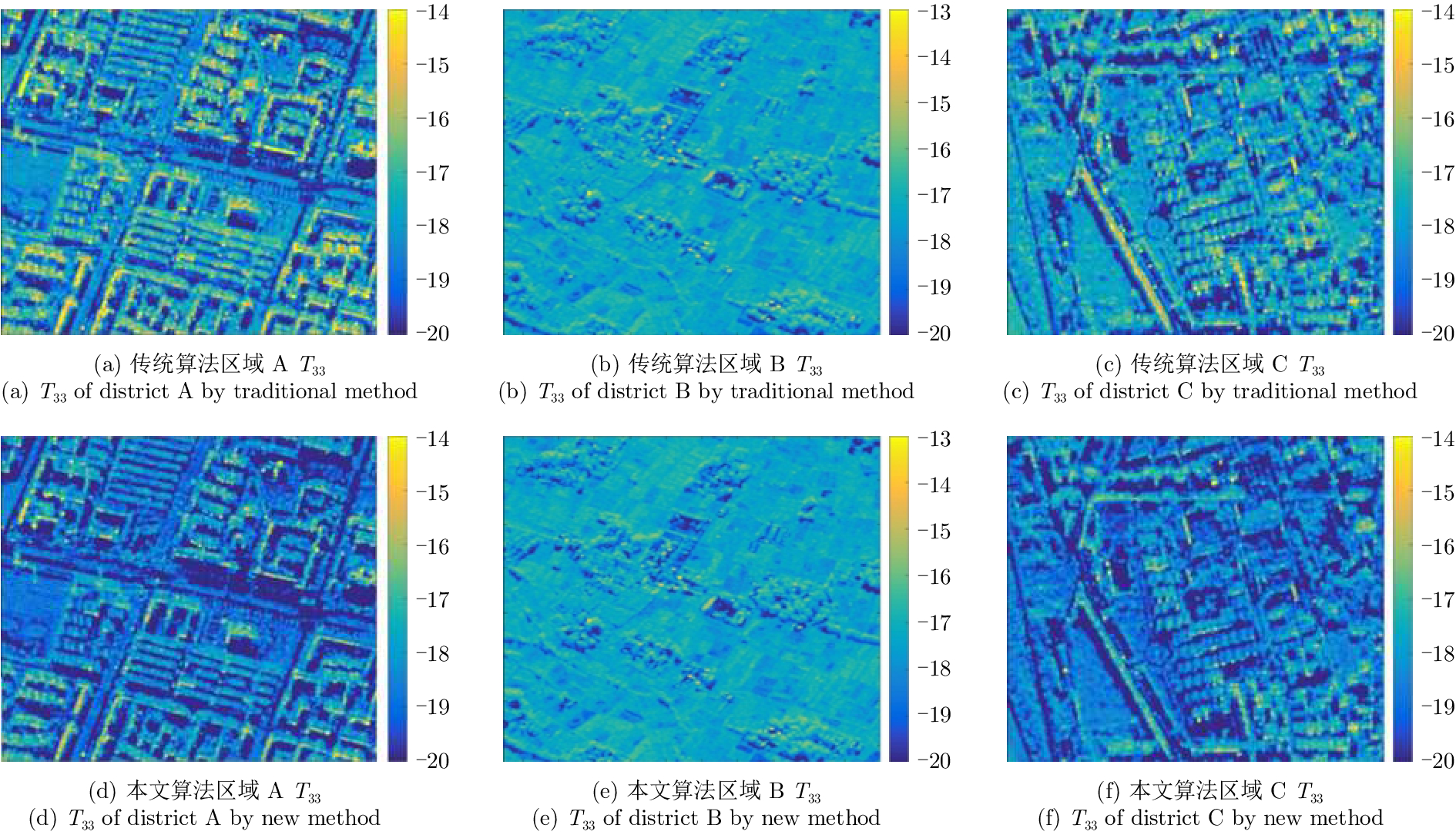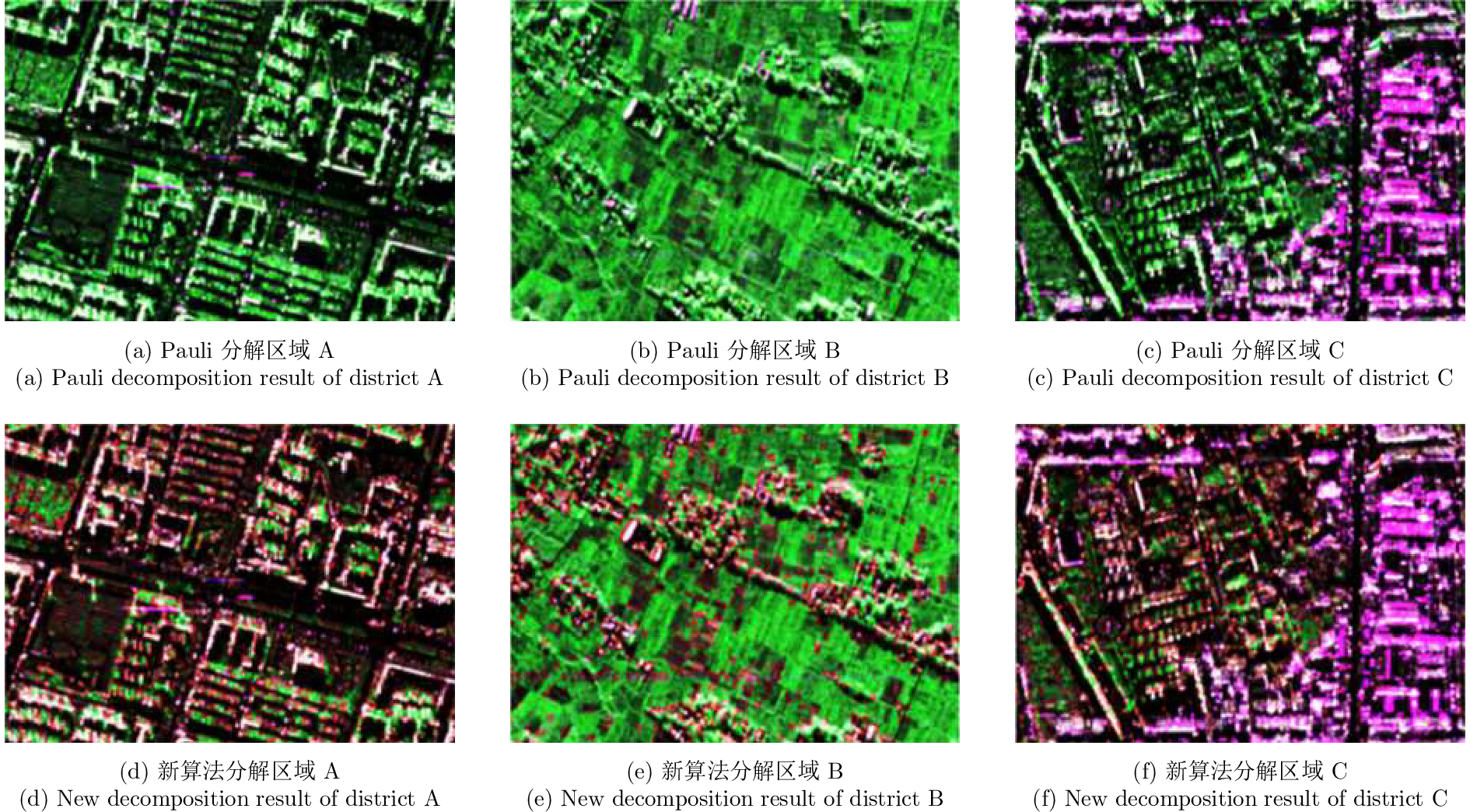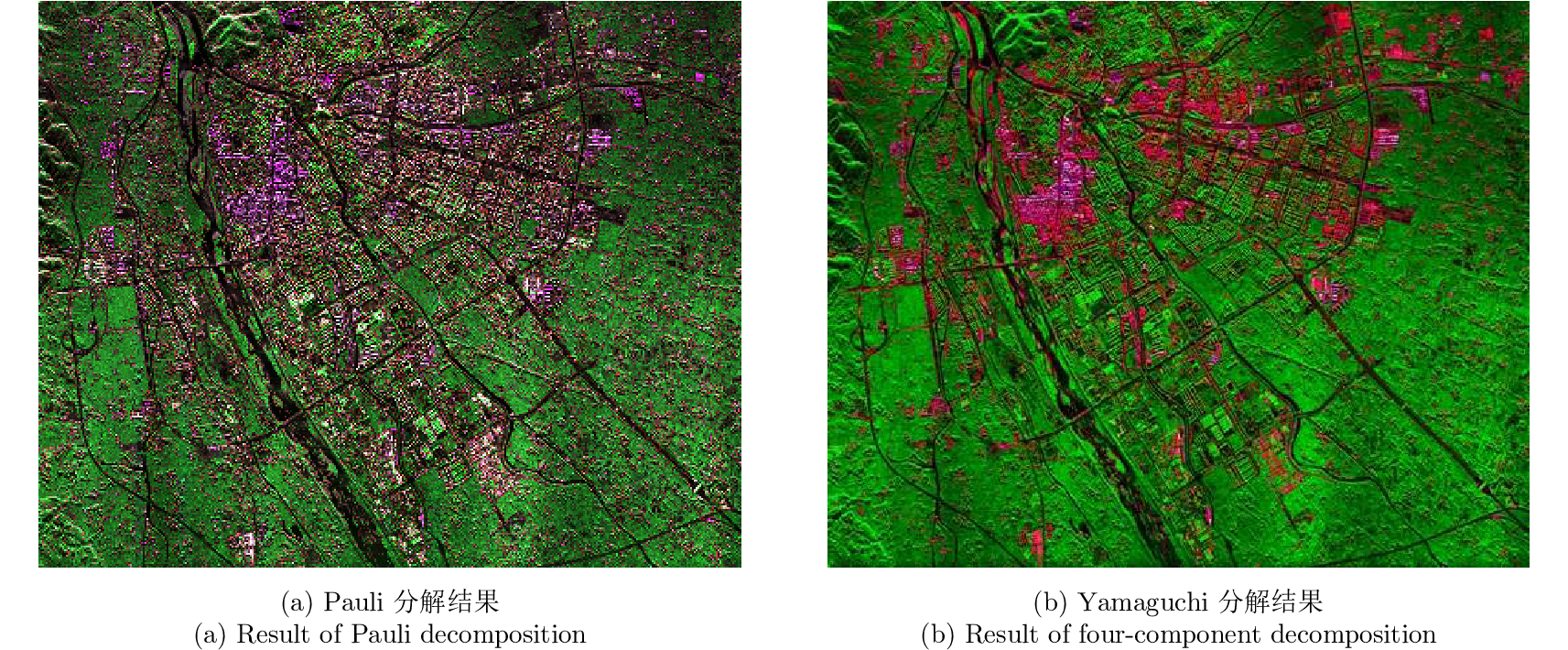| [1] |
赵春雷, 王亚梁, 阳云龙, 等. 雷达极化信息获取及极化信号处理技术研究综述[J]. 雷达学报, 2016, 5(6): 620–638. DOI: 10.12000/JR16092Zhao Chun-lei, Wang Ya-liang, Yang Yun-long, et al. Review of radar polarization information acquisition and polarimetric signal processing techniques[J]. Journal of Radars, 2016, 5(6): 620–638. DOI: 10.12000/JR16092 |
| [2] |
Cloude S R and Pottier E. A review of target decomposition theorems in radar polarimetry[J]. IEEE Transactions on Geoscience and Remote Sensing, 1996, 34(2): 498–518. DOI: 10.1109/36.485127 |
| [3] |
Wang Xue-song. Status and prospects of radar polarimetry techniques[J]. Journal of Radars, 2016, 5(2): 119–131. DOI: 10.12000/JR16039 |
| [4] |
王超, 张红, 陈曦, 等. 全极化合成孔径雷达图像处理[M]. 北京: 科学出版社, 2008
Wang Chao, Zhang Hong, Chen Xi, et al.. Full Polarimetric SAR Image Processing[M]. Beijing: Beijing Science Press, 2008
|
| [5] |
Krogager E. New decomposition of the radar target scattering matrix[J]. Electronics Letters, 1990, 26(18): 1525–1527. DOI: 10.1049/el:19900979 |
| [6] |
Van Zyl J J. Unsupervised classification of scattering behavior using radar polarimetry data[J]. IEEE Transactions on Geoscience and Remote Sensing, 1989, 27(1): 36–45. DOI: 10.1109/36.20273 |
| [7] |
Cloude S R. Target decomposition theorems in radar scattering[J]. Electronics Letters, 1985, 21(1): 22–24. DOI: 10.1049/el:19850018 |
| [8] |
Pottier E. Unsupervised classification scheme and topography derivation of POLSAR data based on the H/A/α polarimetric decomposition theorem[C]. Proceedings of the 4th International Workshop on Radar Polarimetry, Nantes, France, 1998: 535–548
|
| [9] |
陈思伟, 李永祯, 王雪松, 等. 极化SAR目标散射旋转域解译理论与应用[J]. 雷达学报, 2017, 6(5): 442–455. DOI: 10.12000/JR17033Chen Si-wei, Li Yong-zhen, Wang Xue-song, et al. Polarimetric SAR target scattering interpretation in rotation domain: Theory and application[J]. Journal of Radars, 2017, 6(5): 442–455. DOI: 10.12000/JR17033 |
| [10] |
Xu F and Jin Y Q. Deorientation theory of polarimetric scattering targets and application to terrain surface classification[J]. IEEE Transactions on Geoscience and Remote Sensing, 2005, 43(10): 2351–2364. DOI: 10.1109/TGRS.2005.855064 |
| [11] |
Yamaguchi Y, Sato A, Boerner W M, et al. Four-component scattering power decomposition with rotation of coherency matrix[J]. IEEE Transactions on Geoscience and Remote Sensing, 2011, 49(6): 2251–2258. DOI: 10.1109/TGRS.2010.2099124 |
| [12] |
Lee J S, Schuler D L, and Ainsworth T L. Polarimetric SAR data compensation for terrain azimuth slope variation[J]. IEEE Transactions on Geoscience and Remote Sensing, 2000, 38(5): 2153–2163. DOI: 10.1109/36.868874 |
| [13] |
Lee J S, Schuler D L, Ainsworth T L, et al. On the estimation of radar polarization orientation shifts induced by terrain slopes[J]. IEEE Transactions on Geoscience and Remote Sensing, 2002, 40(1): 30–41. DOI: 10.1109/36.981347 |
| [14] |
Kimura H. Radar polarization orientation shifts in Built-Up areas[J]. IEEE Geoscience and Remote Sensing Letters, 2008, 5(2): 217–221. DOI: 10.1109/LGRS.2008.915737 |
| [15] |
Chen S W, Wang X S, Xiao S P, et al. General polarimetric model-based decomposition for coherency matrix[J]. IEEE Transactions on Geoscience and Remote Sensing, 2014, 52(3): 1843–1855. DOI: 10.1109/TGRS.2013.2255615 |
| [16] |
Chen S W, Ohki M, Shimada M, et al. Deorientation effect investigation for model-based decomposition over oriented Built-Up areas[J]. IEEE Geoscience and Remote Sensing Letters, 2013, 10(2): 273–277. DOI: 10.1109/LGRS.2012.2203577 |
| [17] |
Chen S W, Li Y Z, Wang X S, et al. Modeling and interpretation of scattering mechanisms in polarimetric synthetic aperture radar: Advances and perspectives[J]. IEEE Signal Processing Magazine, 2014, 31(4): 79–89. DOI: 10.1109/MSP.2014.2312099 |
| [18] |
Chen S W and Sato M. Tsunami damage investigation of built-up areas using multitemporal spaceborne full polarimetric SAR images[J]. IEEE Transactions on Geoscience and Remote Sensing, 2013, 51(4): 1985–1997. DOI: 10.1109/TGRS.2012.2210050 |




 Submit Manuscript
Submit Manuscript Peer Review
Peer Review Editor Work
Editor Work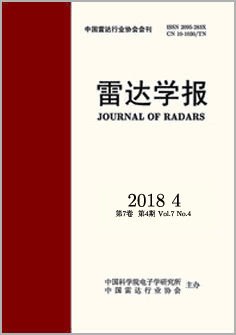

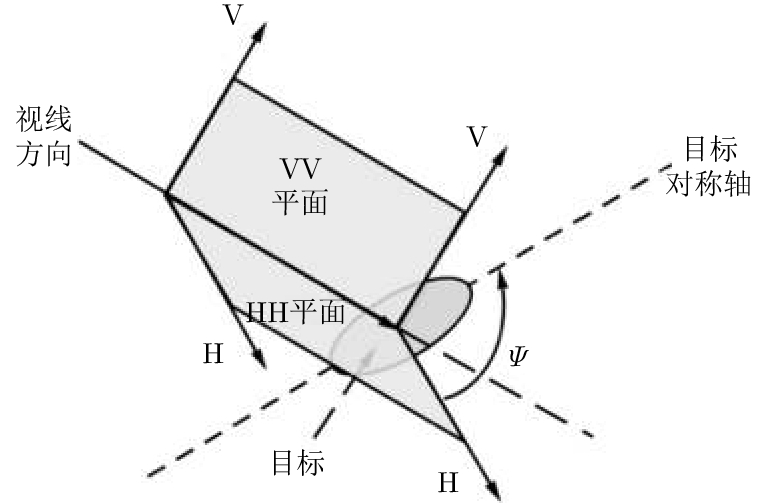



 DownLoad:
DownLoad:
